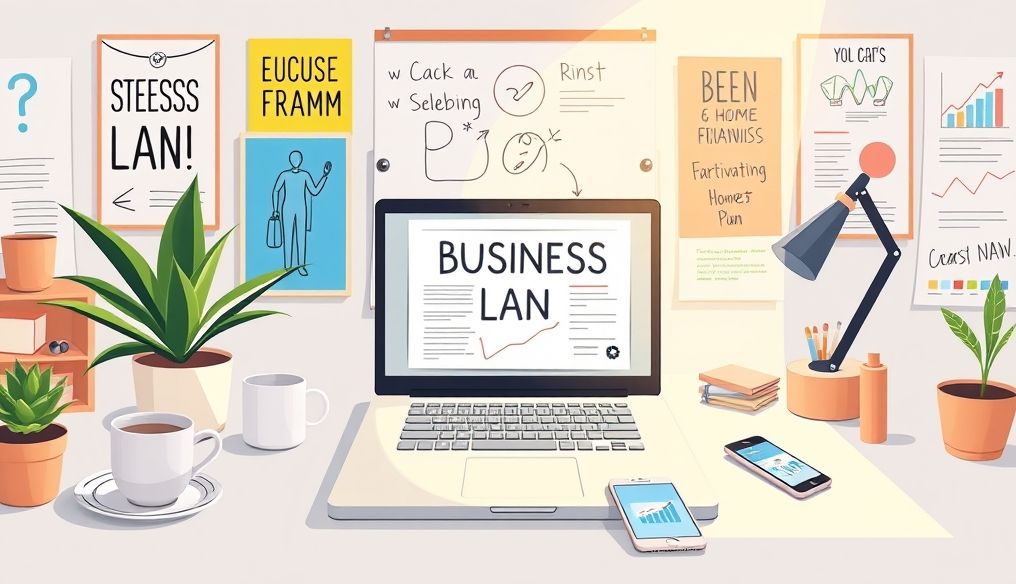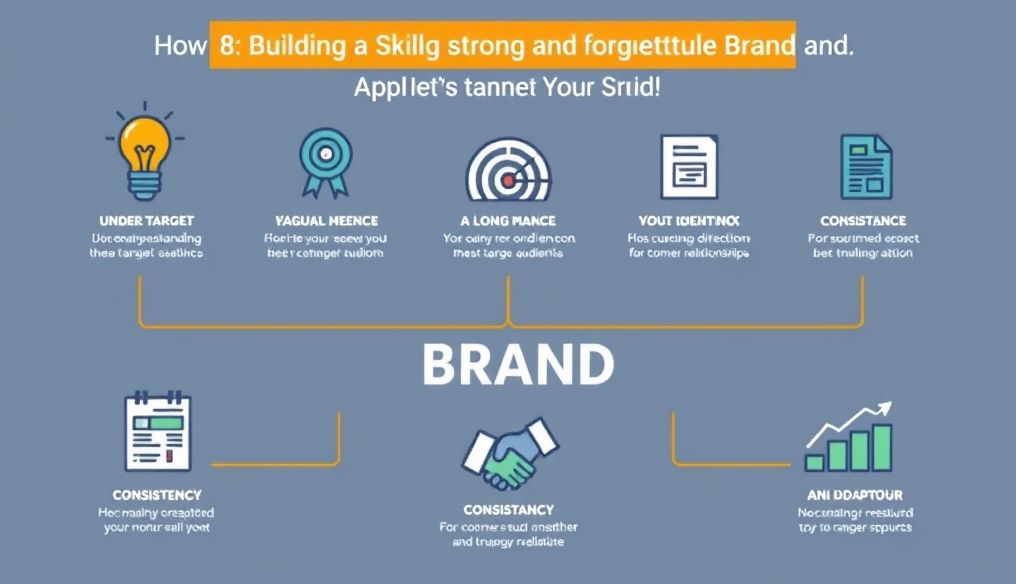Dreaming of Owning Your Own Business? A Comprehensive Guide to Starting a Business on a Budget
Many people dream of starting their own business, but fear of high costs often discourages them. The good news is that you don't need a fortune to start a successful business. With proper planning, creativity, and hard work, you can achieve your dream on a very limited budget. This article provides a comprehensive guide and practical steps to start a business with a budget of less than $5000.
Chapter 1: Identifying the Right Business Idea
The first and most important step is to choose a business idea that matches your skills, interests, and available resources. Look for problems you or others face and try to find innovative solutions. Here are some ideas you can draw inspiration from:
- Freelance Services: Writing, translation, graphic design, digital marketing, programming, personal training.
- E-commerce: Selling handmade products, digital products, or used products online.
- Local Services: Home repair, landscaping, house cleaning, pet care, delivery services.
- Education and Training: Providing private lessons, online courses, workshops in various fields.
Tip: Before settling on an idea, conduct thorough market research to assess demand and potential competition.
Chapter 2: Developing a Detailed Business Plan
A business plan is a roadmap for your project, helping you define your goals, strategies, and how to achieve them. Your plan should include the following:
- Executive Summary: An overview of your project and its goals.
- Product or Service Description: A detailed explanation of what you offer and how it solves a specific problem.
- Market Analysis: Identifying your target audience, competitors, and available opportunities.
- Marketing and Sales Strategy: How to reach potential customers and convince them to buy.
- Organizational and Administrative Structure: Defining roles and responsibilities in the project.
- Financial Plan: Estimating expected costs and revenues, and identifying sources of funding.
Tip: Use business plan templates available online to simplify the process.
Chapter 3: Minimizing Costs as Much as Possible
When starting with a limited budget, it is essential to minimize costs as much as possible. Here are some effective strategies:
- Working from Home: Avoid renting an office or workspace.
- Using Free or Low-Cost Tools: Design, marketing, and project management software.
- Focusing on Free or Low-Cost Marketing: Social media, content marketing, public relations.
- Buying Used Equipment: Instead of buying new equipment, look for used equipment in good condition.
- Hiring Freelancers: To perform tasks you cannot do yourself.
Example: Instead of hiring a graphic designer, you can use a free design program like Canva to create your logo and marketing materials.
Chapter 4: Leveraging Social Media
Social media is a powerful and effective tool for reaching a wide audience at a low cost. Create accounts for your project on platforms relevant to your target audience and share engaging and useful content regularly. Here are some tips:
- Identify the Right Platforms: Choose platforms where your target audience is heavily present.
- Share Valuable Content: Provide useful information, tips, and solutions to your audience's problems.
- Engage with Your Audience: Answer questions, participate in conversations, and ask for their opinions.
- Use Paid Advertising Wisely: Target your audience precisely to ensure the best results.
Example: If you sell handmade products, use Instagram and Pinterest to display high-quality photos of your products.
Chapter 5: Building a Strong Network
Professional and personal relationships are crucial for the success of any business project. Attend events and conferences related to your field, join professional communities online, and connect with people who can help you achieve your goals. Here are some benefits you can get from building a strong network:
- Getting Advice and Guidance: From successful entrepreneurs.
- Finding Partners or Investors: For your project.
- Getting New Job Opportunities: Or recommendations from customers.
- Increasing Awareness of Your Project: Through word-of-mouth promotion.
Chapter 6: Providing Excellent Customer Service
Excellent customer service is essential for building a good reputation and retaining customers. Treat customers with respect and attention, respond to their requests quickly, and try to solve their problems in the best possible way. Here are some tips:
- Be Available to Customers: By phone, email, or social media.
- Listen to Customer Complaints: And try to understand their point of view.
- Provide Satisfactory Solutions: Even if it requires you to make extra effort.
- Ask for Customer Feedback: To improve your products and services.
Example: Offer discounts or special offers to loyal customers as a reward for their loyalty.
Chapter 7: Measuring Results and Continuous Improvement
It is necessary to measure the results of your marketing and sales efforts regularly to determine what works and what doesn't. Use online analytics tools to track the performance of your website, social media, and advertising campaigns. Based on the results, adjust your strategies to achieve the best results. Here are some metrics you should track:
- Number of visits to your website.
- Number of followers on social media.
- Conversion rate (number of visitors who make a purchase).
- Cost of acquiring a new customer.
- Customer satisfaction.
Chapter 8: Patience and Perseverance
Starting a business is not easy, and it requires a lot of patience and perseverance. Don't give up if you encounter difficulties or setbacks, learn from your mistakes, and keep moving forward. Remember that success comes to those who do not give up.
Tip: Celebrate your small achievements to keep your enthusiasm.
In conclusion, starting a business on a limited budget is entirely possible if you are willing to work hard, be creative, and learn continuously. Follow the steps mentioned in this article, and you will be on the right track to achieving your dream.




